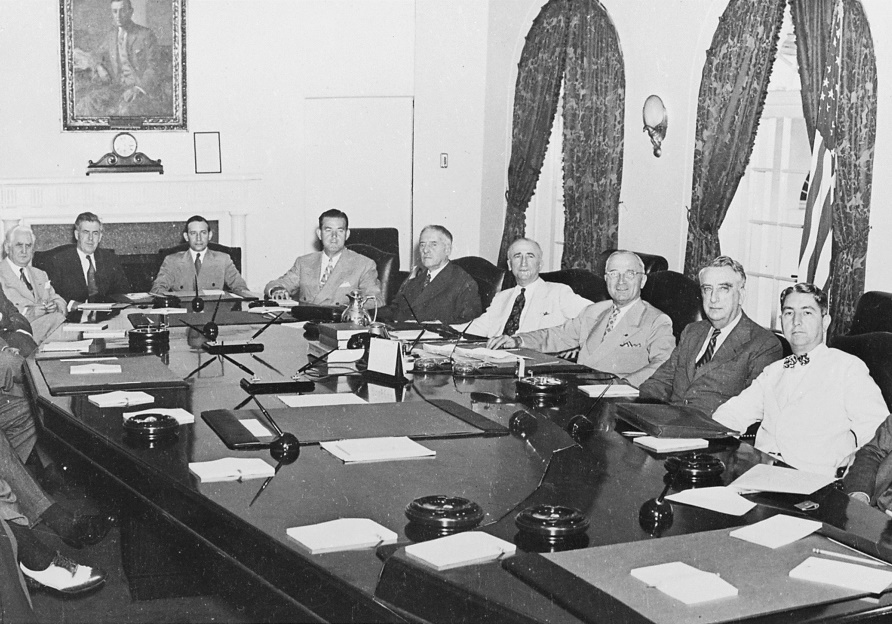How to Run A Team Meeting
 Introduction
Introduction
Leading a team is an important job - everyone looks to the leader to answer questions. They watch how he/she behaves so they know what is acceptable, and they listen to the leader to find out what is most important. A key component of team leadership is the periodic team meeting. Often weekly, the 'get-together' offers a chance for the team to interact, learn what is on the horizon, discover what everyone else is doing, and provide an opportunity for them to share.
Some team meetings are very useful, many can seem like a waste of time. What makes a team meeting meaningful?
Team Goals
Based on the company or one level up strategy, the team should have key strategies and annual goals deconstructed into quarterly objectives. The team should have their top-level Key Performance Indicators (KPIs) that are delivered via the team’s processes and show progress towards the team’s objectives. Projects are created to support the goals and/or objectives and are assigned to a team member. Projects can be deliverable based (i.e. produce a tangible outcome) or performance based (i.e. achieve an operational measurement target).
Team Meetings
Team meetings provide an opportunity for the leader to share information and provide guidance. The forum also provides an opportunity for team members to present to their colleagues and hone their communication skills. Team meetings are usually scheduled on a weekly or bi-weekly basis. Depending on the team size, the meeting should take less than 60 minutes.
A typical team meeting may follow this agenda:
- Reinforce team purpose (or have the team mission and values visible in the room)
- Leader Update
- External (to the team) information that helps each team member with their role
- Team scorecard (review KPIs, highlight accomplishments and create action as required)
- Big rocks (projects) that need focus in the next week or few weeks
- Upcoming development opportunities (e.g. seminars, classes, temporary assignments, etc.)
- Leader’s individual update (see roundtable below)
- Project presentations – one or two team members provide a project update for a ‘big rock’ – no more than 5 slides of information. This can be done to review high priority or urgent work or areas where the team needs improvement. Everyone should get an opportunity to present to the team across the different team meetings. Team members should be notified in advance if they are expected to provide a presentation.
- Round table (each team member does a brief update)
- one or two ‘top of mind’ projects; each project should cover
- Summary of the work (brief, 2 to 3 sentences)
- Latest accomplishments (deliverable or measurement focused)
- Next steps (one week out)
- Open actions that need the leader’s help
- Latest job improvement
- one or two ‘top of mind’ projects; each project should cover
Conclusion
By structuring the meeting and focusing it on the team's objectives, the leader can assure that progress is being made to achieve the desired outcomes. It will keep the team engaged and the meeting moving because the leader has a clear path, communicated in advance, and each team member comes prepared with their specific information. It may take a few iterations until everyone has adopted the process - when it happens, the team will thank you for not wasting their time.
For additional information and to learn more about how Ceptara can help your organization create excellent teams, please explore our Team Excellence Workshop.
- Chris's blog
- Login or register to post comments
-

 Printer-friendly version
Printer-friendly version Post to Twitter
Post to Twitter- Send by email
- PDF version
Recent Updates
Microsoft Outlook Add-In

Focus on Your Life, Not Your Inbox
Achieve greater focus by shifting your attention from e-mail to accomplishing what matters most!
Company News
Stay up to date with our newsletter!


